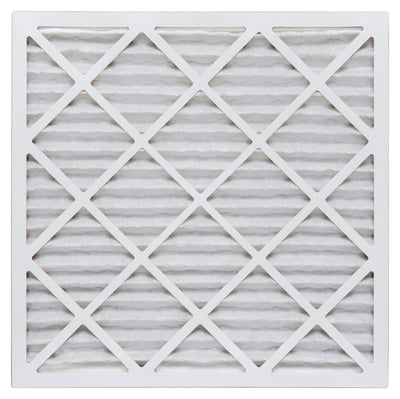What is MERV Rating
What Is a MERV Rating?
What does MERV stand for?
MERV stands for Minimum Efficiency Reporting Value.
What is a MERV Rating?
The MERV rating is a filter comparison system designed by an industry group called the American Society of Heating, Refrigeration and Air-conditioning Engineers (ASHRAE). Simply put, it's a rating scale designed to allow consumers to easily compare the performance of one filter to another. Higher ratings mean the filters remove a larger percentage and broader range of debris from the air. Another way of thinking about it is the higher the MERV rating, the smaller the particles it can trap.
What MERV rating should I use?
Matching the right MERV rating to your needs will improve your home's air quality and will extend the life of your furnace or air conditioner. An air filter with a rating of MERV 8 will remove lint, household dust, pollen, dust mites, and mold spores. MERV 11 filters add pet dander, smoke, and smog to the list. MERV 13 filters will also remove bacteria and virus carriers. This means the MERV rating you should use depends on the air quality of your home or business and the needs of the people in it.
Is MERV 13 too high?
A higher MERV rating means that your air filter can remove more particles – allergens, pollution, viruses, and bacteria – from your indoor air. Cleaner air creates a healthier environment. However, trapping more particles from your air makes your air handler work a bit harder, so you may see a modest increase in power consumption by your air conditioning or furnace when choosing a higher MERV rating. It may also put a bit more stress on your unit's blower motor, which is why determining which MERV rating is best for your home or business is a very personal choice. You must balance your air quality needs with your energy consumption.
Why Replace My Air Filter?
Replacing your air filter regularly, regardless of the MERV rating
- Removes unwanted dust, dirt, and other indoor particles
- Lowers the cost of energy in your home or business
- Prevents triggers of indoor allergies and asthma, and
- Reduces mold and mildew growth.
Know Your Filter Size?
Enter it here to quickly find a replacementCant find a size?
Create your own custom size filters here.



